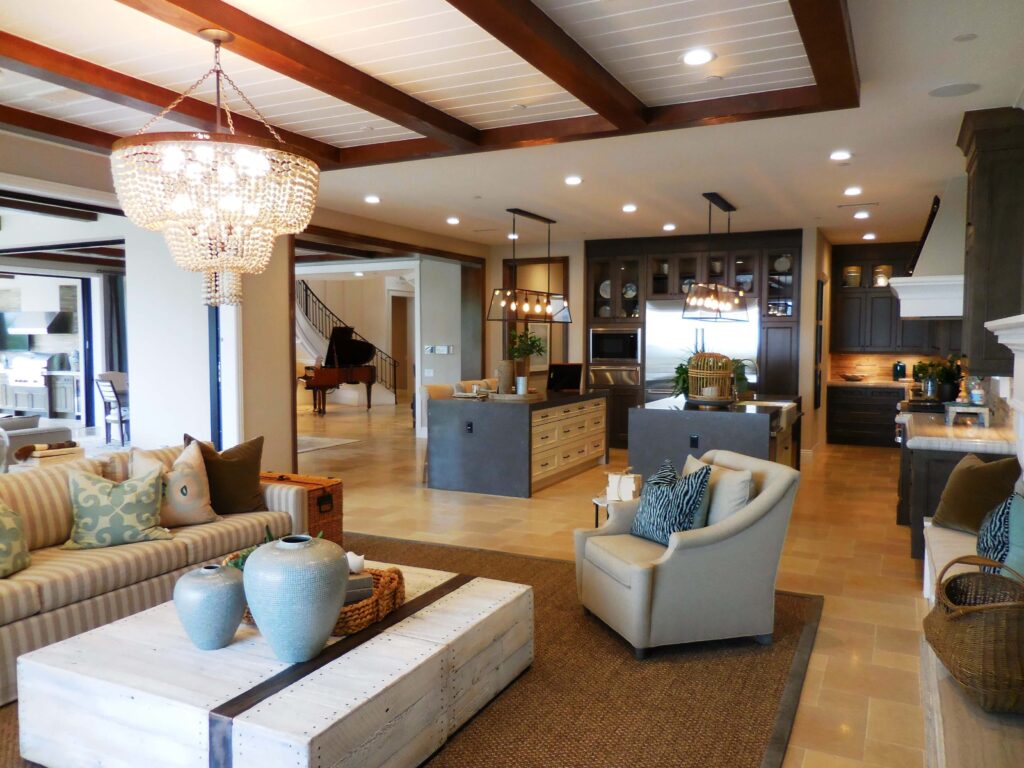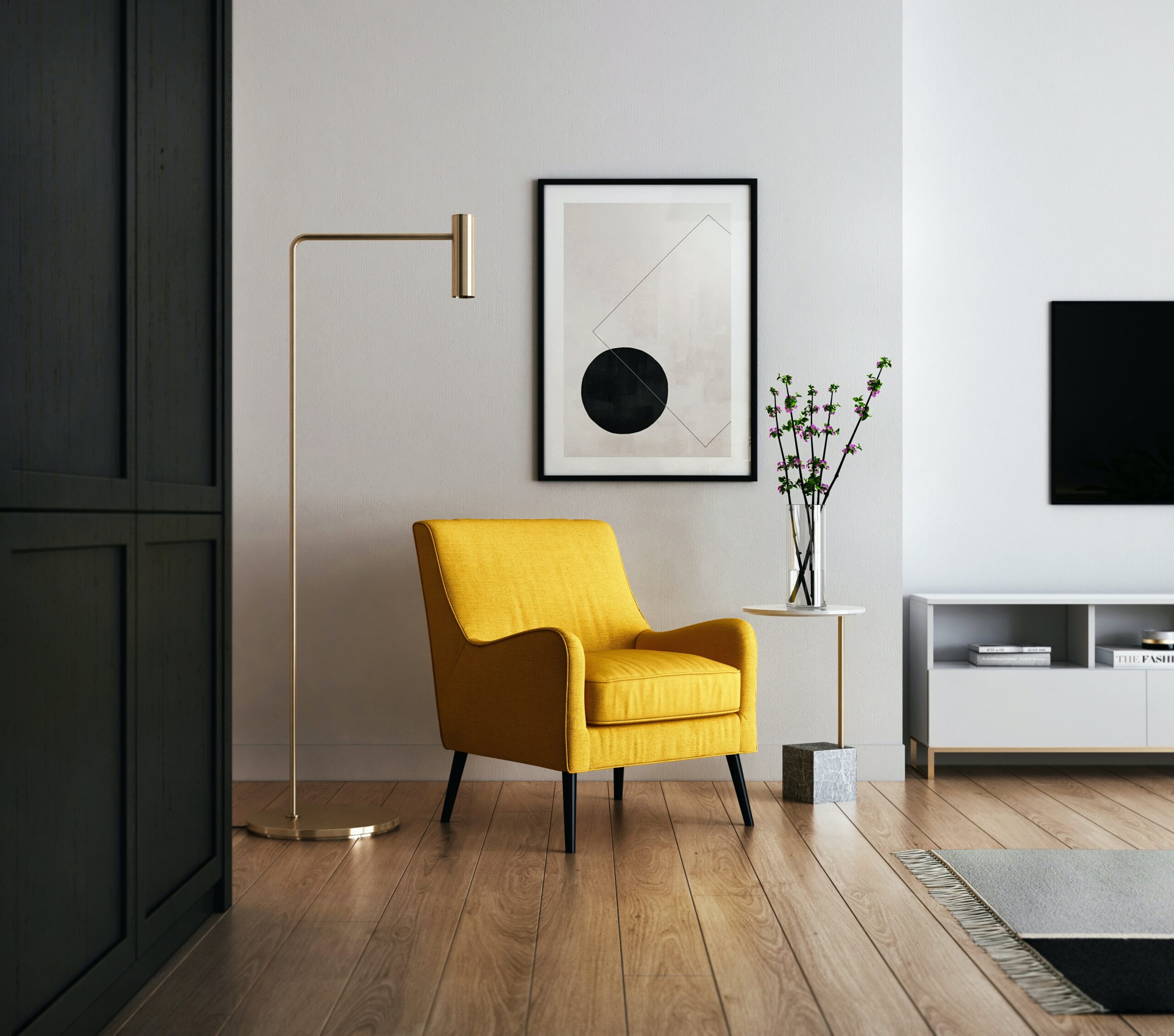“Luxe interiors” refer to interior design and decor characterized by a luxurious and opulent aesthetic. The term “luxe” is short for “luxury,” and luxe interiors often feature high-end materials, sophisticated design elements, and an overall sense of extravagance. Here are some key features and characteristics commonly associated with luxe interiors:
- High-Quality Materials:
- Luxe interiors often incorporate premium materials such as marble, granite, high-end woods (like mahogany or walnut), metals, and luxurious fabrics (silk, velvet, leather).
- Elegant Furnishings:
- Furniture in luxe interiors is typically well-crafted and often custom-designed or sourced from high-end designers. Plush sofas, statement chairs, and bespoke pieces are common.
- Attention to Detail:
- Intricate detailing and craftsmanship are essential in luxe interiors. Fine detailing on furniture, molding, trim, and other architectural elements adds a sense of refinement.
- Statement Lighting:
- Luxe interiors often feature elaborate and eye-catching light fixtures, such as crystal chandeliers, sculptural pendant lights, or designer lamps. Lighting becomes a focal point in the overall design.
- Neutral Color Palettes:
- While color schemes can vary, luxe interiors often lean towards neutral tones like whites, creams, grays, and metallics. This creates a timeless and sophisticated look.
- Art and Decor:
- Original artwork, sculptures, and other unique decor items are commonly found in luxe interiors. These pieces are carefully chosen to enhance the overall sense of luxury.
- Customization and Uniqueness:
- Many luxe interiors are customized to the homeowner’s preferences. Custom-designed furniture, tailored decor elements, and unique architectural features contribute to a sense of exclusivity.
- Texture and Layers:
- Luxe interiors often use a variety of textures, from sumptuous carpets and rugs to richly textured fabrics. Layering textures adds depth and richness to the overall design.
- Open Layouts:
- Luxe interiors often feature spacious and open layouts, creating an airy and grand atmosphere. Large windows, high ceilings, and panoramic views are common in upscale homes.
- Technology Integration:
- High-end technology is seamlessly integrated into the design. This can include smart home systems, concealed entertainment centers, and advanced audio-visual setups.
- Sculptural Elements:
- Unique and sculptural furniture pieces or decor items are often incorporated to add a sense of artistry and individuality to the space.
- Comfort and Functionality:
- While aesthetics are crucial, luxe interiors also prioritize comfort and functionality. Furniture is not only stylish but also designed for relaxation and everyday use.
Luxe interiors are associated with a high level of sophistication, and they often require a significant investment in terms of both time and resources. Design professionals, such as interior designers and architects, are often involved in creating these luxurious spaces to ensure a cohesive and harmonious result.

